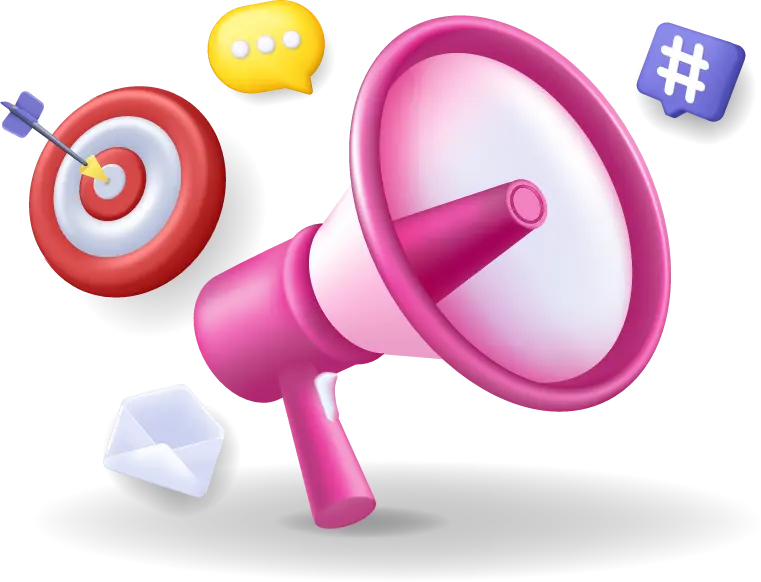The Cracker Barrel Lesson: Protecting Brand Equity Through Audience Insight
August 27, 2025
With enough longevity in the market, a company will face the following question: how do we stay relevant to today’s consumers while honoring the history, and the audience, that made us who we are? It’s a tricky balance, and as evidenced by the Cracker Barrel recent controversy, a misstep can prove costly.
The restaurant chain recently unveiled a new, modernized yet decidedly sterile logo—stripped of the iconic “Old Timer” Uncle Herschel character and the eponymous barrel itself —sparking backlash online that forced an apology. The company’s market value also dropped by close to $100 million in the process, all tied to what was intended as part of a larger push to modernize its image with new menu items and refreshed store décor. To me, the reaction wasn’t just about design; it was about emotion. As a public relations executive, I feel strongly that this is the real lesson: when companies underestimate the power of brand equity and emotional attachment, they risk alienating the very audience they rely on.
Brand equity isn’t just found in a font or a color. It lives in the memories, trust, and connections customers build with your company over time. In Cracker Barrel’s case, customers saw more than just a character in their logo. They saw a symbol of comfort, tradition, and continuity. Before making changes, know what customers treasure most. Those are the things you can’t afford to casually discard.
To that end, customer loyalty is earned—over years, sometimes even decades. Leaders must remember that brand elements, messaging, and even the atmosphere of a business all work together to reinforce this loyalty. When customers feel like a change disregards their history with you, they’re quick to voice frustration. And for better or worse, with the advent of social media, this frustration can become a lethal, viral bomb within a few minutes time.
From my view, the best communications strategy starts with understanding your audience. What do they value most about you? What emotions tie them to your brand? What changes might they welcome, and which ones might feel like a betrayal? Testing ideas and seeking feedback before launch can save companies from a storm of negative headlines afterward. Why guess when you can test!?
But even with the best preparation, missteps do happen. What separates successful companies is in how they respond. Owning mistakes, communicating authentically, and showing that you listen to your audience can rebuild trust and initiate repair.
Ultimately, Cracker Barrel has swiftly decided to revert to the original logo and will hopefully be able to restore confidence in its patrons. Yes, companies need to evolve, but evolution without audience insight is unnecessarily risky. The Cracker Barrel episode isn’t just about a logo; it’s about the consequences of undervaluing brand equity and consumer buy-in. At BoardroomPR, we’ve seen time and again that the sharpest leaders put as much effort into listening and understanding their audiences as they do into creating change. And if they don’t…that’s when brands end up at the bottom of the barrel.

Todd Templin
Executive Vice President

